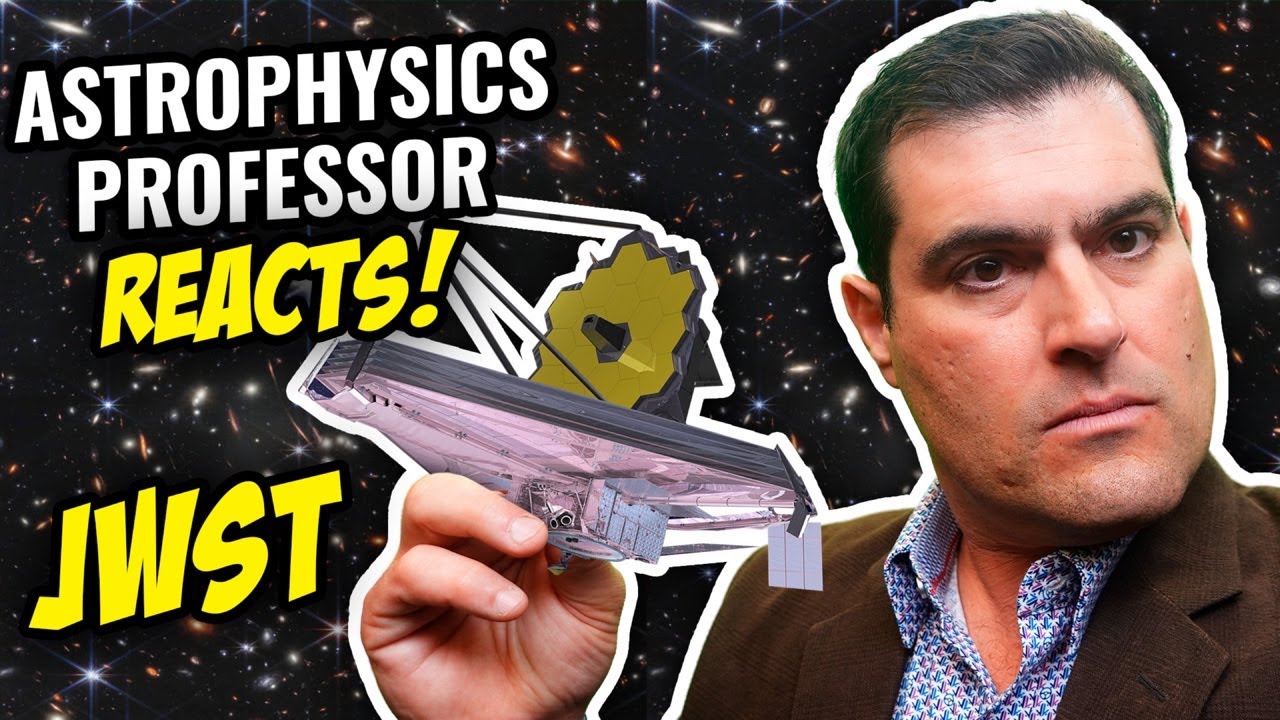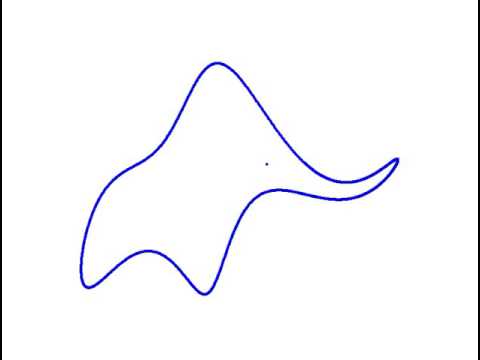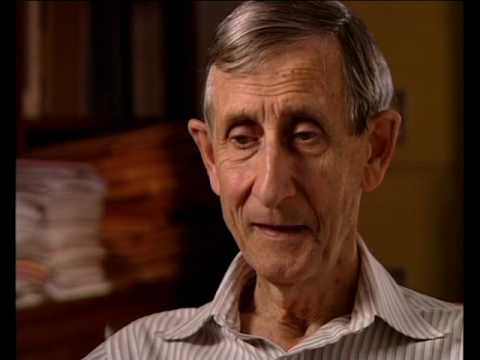You may have seen articles in the popular press recently about “new research”, based upon results from the James Webb Space Telescope, which has doubled the age of the universe from the previous estimate of around 13.8 billion years to 26.7 billion years. Here is a sampling of the media splash.
Phys.org
USA Today
Daily Mail
Jerusalem Post
Science Daily
This feeding frenzy started with a breathy press release from the University of Ottawa on 2023-07-11:
with the modest title: “Reinventing cosmology: uOttawa research puts age of universe at 26.7 — not 13.7 — billion years”.
However, many scientists have been puzzled by the existence of stars like the Methuselah that appear to be older than the estimated age of our universe and by the discovery of early galaxies in an advanced state of evolution made possible by the James Webb Space Telescope. These galaxies, existing a mere 300 million years or so after the Big Bang, appear to have a level of maturity and mass typically associated with billions of years of cosmic evolution. Furthermore, they’re surprisingly small in size, adding another layer of mystery to the equation.
Zwicky’s tired light theory proposes that the redshift of light from distant galaxies is due to the gradual loss of energy by photons over vast cosmic distances. However, it was seen to conflict with observations. Yet Gupta found that “by allowing this theory to coexist with the expanding universe, it becomes possible to reinterpret the redshift as a hybrid phenomenon, rather than purely due to expansion.”
In addition to Zwicky’s tired light theory, Gupta introduces the idea of evolving “coupling constants,” as hypothesized by Paul Dirac. Coupling constants are fundamental physical constants that govern the interactions between particles. According to Dirac, these constants might have varied over time. By allowing them to evolve, the timeframe for the formation of early galaxies observed by the Webb telescope at high redshifts can be extended from a few hundred million years to several billion years. This provides a more feasible explanation for the advanced level of development and mass observed in these ancient galaxies.
Moreover, Gupta suggests that the traditional interpretation of the “cosmological constant,” which represents dark energy responsible for the accelerating expansion of the universe, needs revision. Instead, he proposes a constant that accounts for the evolution of the coupling constants. This modification in the cosmological model helps address the puzzle of small galaxy sizes observed in the early universe, allowing for more accurate observations.
This release announced the publication of a paper:
on 2023-07-07 in the Monthly Notices of the Royal Astronomical Society with the following abstract.
Deep space observations of the James Webb Space Telescope (JWST) have revealed that the structure and masses of very early Universe galaxies at high redshifts (z ∼15), existing at ~0.3 Gyr after the BigBang, may be as evolved as the galaxies in existence for ∼10 Gyr. The JWST findings are thus in strong tension with the ΛCDM cosmological model. While tired light (TL) models have been shown to comply with the JWST angular galaxy size data, they cannot satisfactorily explain isotropy of the cosmic microwave background (CMB) observations or fit the supernovae distance modulus vs. redshift data well. We have developed hybrid models that include the tired light concept in the expanding universe. The hybrid ΛCDM model fits the supernovae type 1a data well but not the JWST observations. We present a model with covarying coupling constants (CCC), starting from the modified FLRW metric and resulting Einstein and Friedmann equations, and a CCC + TL hybrid model. They fit the Pantheon + data admirably, and the CCC + TL model is compliant with the JWST observations. It stretches the age of the universe to 26.7 Gyr with 5.8 Gyr at z=10 and 3.5 Gyr at z=20, giving enough time to form massive galaxies. It thus resolves the ‘impossible early galaxy’ problem without requiring the existence of primordial black hole seeds or modified power spectrum, rapid formation of massive population III stars, and super Eddington accretion rates. One could infer the CCC model as an extension of the ΛCDM model with a dynamic cosmological constant.
The full text of the paper is behind a paywall, but I won’t tell if you get out your can opener and read the full text here.
What is going on here? Well, early observations from the James Webb Space Telescope (JWST) have shown remote galaxies that formed not long after the big bang to have surprisingly well-developed structure which current models of galaxy formation did not predict to be seen until later in the process of expansion of the universe. This was, of course, reported as a “crisis in cosmology” in the clickbait media, but it’s simply another in the long history of observations with new instruments that show existing models to require correction to accommodate the new data. When you look somewhere you haven’t before, what’s surprising would be if you didn’t see something new.
What Adjunct Professor Gupta has done, based upon these preliminary JWST observations, is to explain them through the modest step of doubling the age of the universe, which gives galaxies plenty of time to form. But the consensus age of the universe, 13.787 billion years since the big bang, is based upon a variety of precision observations, all of which are consistent with one another. So how does Gupta reconcile his model with these observations?
First, he re-introduces the “tired light” concept, whereby light is said to lose energy as it propagates over cosmological distance, explaining (all or part) of the observed red shift in distant galaxies as something other than due to the expansion of the universe. Tired light was proposed in 1929 by Fritz Zwicky and later used by advocates of steady state cosmology to reconcile the observation of red shift with a non-expanding universe, but has been considered falsified by observation since the 1970s. Gupta acknowledges this, and adjusts his model so the tired light only accounts for part of the red shift, which he claims flies under the radar of existing observational falsifications. But then, tired light can’t do the trick by itself.
Phys.org reports:
In addition to Zwicky’s tired light theory, Gupta introduces the idea of evolving “coupling constants,” as hypothesized by Paul Dirac. Coupling constants are fundamental physical constants that govern the interactions between particles. According to Dirac, these constants might have varied over time. By allowing them to evolve, the timeframe for the formation of early galaxies observed by the Webb telescope at high redshifts can be extended from a few hundred million years to several billion years. This provides a more feasible explanation for the advanced level of development and mass observed in these ancient galaxies.
This gives Gupta more numbers he can twiddle by claiming they evolve as the universe expands: he calls this the “covarying coupling constants” (CCC) model. The concept of time-varying fundamental constants was first proposed by Paul Dirac in 1937 but, despite precision experiments looking for such a phenomenon in the decades since, no evidence for such variation has been found. But wait, there’s more! Even adding the variable constants doesn’t make the model fit, so Gupta stirs in a new kind of cosmological constant, as Phys.org explains:
Moreover, Gupta suggests that the traditional interpretation of the “cosmological constant,” which represents dark energy responsible for the accelerating expansion of the universe, needs revision. Instead, he proposes a constant that accounts for the evolution of the coupling constants. This modification in the cosmological model helps address the puzzle of small galaxy sizes observed in the early universe, allowing for more accurate observations.
So, what we have here is an elaborate mathematical edifice in which tired light (for which there is no evidence) and a grab-bag of fundamental constants which all observations to date indicate are constant, actually vary, and as the cherry on the top, adds a new model for dark energy, about which we understand precisely nothing. And…it fits observations.
In 2004, Freeman Dyson related “A meeting with Enrico Fermi” in 1953 in a Nature article:
In desperation I asked Fermi whether he was not impressed by the agreement between our calculated numbers and his measured numbers. He replied, “How many arbitrary parameters did you use for your calculations?” I thought for a moment about our cut-off procedures and said, “Four.” He said, “I remember my friend Johnny von Neumann used to say, with four parameters I can fit an elephant, and with five I can make him wiggle his trunk.” With that, the conversation was over. I thanked Fermi for his time and trouble, and sadly took the next bus back to Ithaca to tell the bad news to the students.
Look, the elephant wiggles its trunk! Why, we’re “Reinventing cosmology”!


